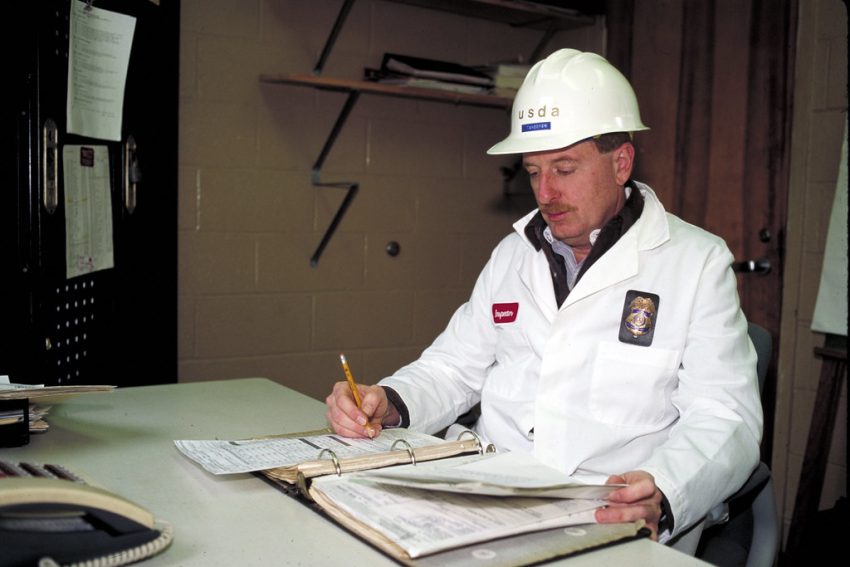It’s no secret that American agriculture is the backbone of this country. From the cornfields of Iowa to the ranches out West, farmers and ranchers keep us fed and our economy humming. But lately, there’s a storm brewing in Washington that’s got a lot of us scratching our heads, and maybe even worrying about what’s on our plates. I’m talking about the massive staff cuts at the USDA that kicked off earlier this year. More than 15,000 employees have already walked out the door after taking resignation offers, and the department is eyeing even more reductions, potentially up to 30,000 jobs in total. That’s a huge chunk of the workforce gone, and it’s hitting critical areas like food safety inspections, pest control, and support for rural communities hard.
Let me paint a picture for you. Imagine you’re a cattle rancher in Nebraska, dealing with the constant threat of diseases like avian influenza or pests that could wipe out your herd overnight. You rely on the USDA’s Animal and Plant Health Inspection Service, or APHIS, to stay on top of that stuff. Well, APHIS alone has lost over 1,300 staffers this year, with breakdowns showing 1,377 positions cut. Kevin Shea, a guy who’s spent 45 years at the USDA and led APHIS for 11 of them, put it bluntly: “There’s no way APHIS can do its job with 1,300 fewer people.” Labs have seen up to 30 percent of their staff vanish, which means slower responses to outbreaks and bigger risks to our food supply. One agency is already planning to scale back work on things like avian flu monitoring because they just don’t have the hands on deck.
And it’s not just about animals and plants. The Natural Resources Conservation Service lost nearly 2,400 employees who help farmers with soil health, water management, and conservation practices that keep our land productive for generations. Unions representing USDA workers are sounding the alarm, writing to Congress that these cuts could jeopardize the entire nation’s food supply. Farmers I’ve heard from say they’re already seeing delays in inspections and approvals, which means longer waits for loans, slower pest responses, and more headaches when disasters strike. Rural communities, where agriculture is often the main employer, are feeling the pinch too, with long-term research projects grinding to a halt and probationary employees being the first to go.
Now, don’t get me wrong. The folks in charge, like Secretary Brooke Rollins, are framing this as a bold move to cut wasteful spending and refocus on core missions, like supporting American farmers and optimizing the department. They’ve even slashed funding for things like DEI programs, saying it’s about putting farmers first. And sure, trimming fat in government is something we can all get behind. But here’s where it gets frustrating: why target the USDA, which is vital for protecting our homegrown food and rural way of life, when there’s so much bloat elsewhere in the federal budget?
Think about it. The U.S. is on track to spend about $58.4 billion on international assistance this year alone. That’s money going overseas, including billions for conflicts like the wars in Ukraine and support for Israel. Total aid to Ukraine has topped $195 billion since the conflict started, with a recent bill adding another $61.3 billion. Meanwhile, the defense budget is a whopping $833 billion, dwarfing everything else. Even with some recent cuts to foreign aid, like the Senate slashing $8 billion or the White House canceling $4.9 billion, we’re still pouring massive sums abroad while gutting the agency that safeguards our own agriculture.
Shouldn’t protecting American farms and food security be a top priority? These USDA cuts might save some money in the short term, maybe by closing one of the department’s headquarters in D.C. and reorganizing offices. But at what cost? We’re talking about compromised food safety programs, reduced oversight, and slower responses to threats that could lead to higher food prices or even shortages down the line. Mass firings are disrupting research that’s crucial for organic farmers and rural economies, and it’s leaving frontline workers stretched thin. The department is even scrambling to refill some positions internally, like 73 jobs at APHIS, after realizing the gaps are too big.
Look, I’m not here to play politics. This is about common sense. Farmers aren’t just asking for handouts; they’re asking for a government that has their backs when it comes to keeping pests out, diseases under control, and our land resilient. If we’re serious about America First, let’s start by ensuring the USDA has the people it needs to do its job. Why not redirect some of that foreign spending back home to bolster our agricultural defenses?
What do you think? Have these cuts affected your operation? Drop a comment below or share your story with us at AgroWars. Let’s keep the conversation going and hold folks accountable.


